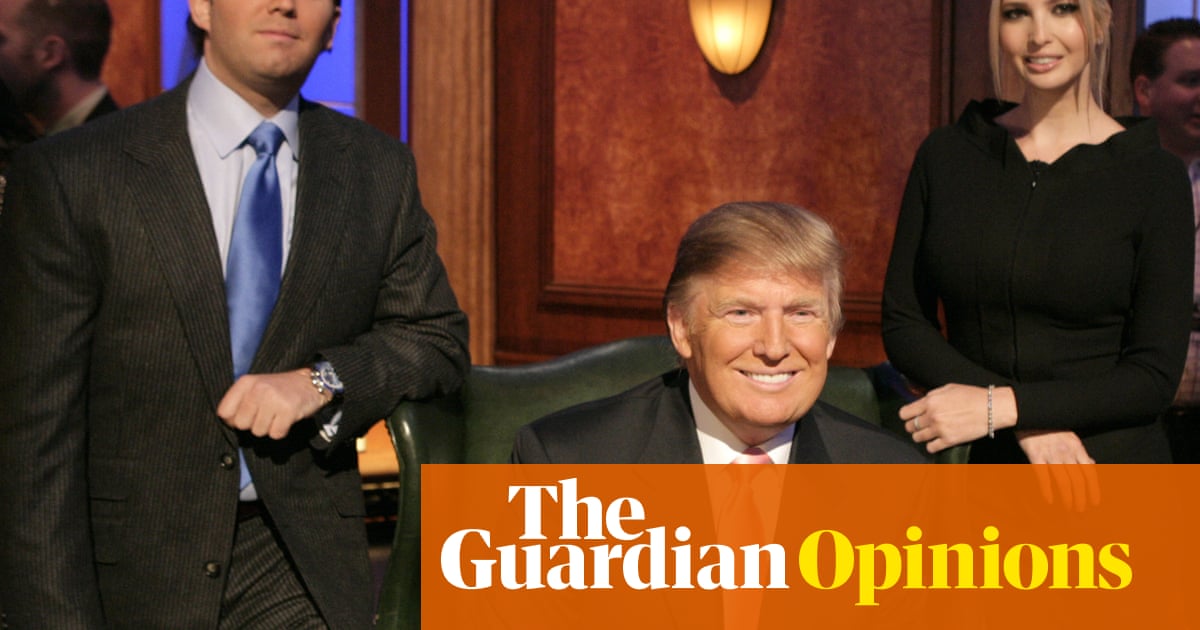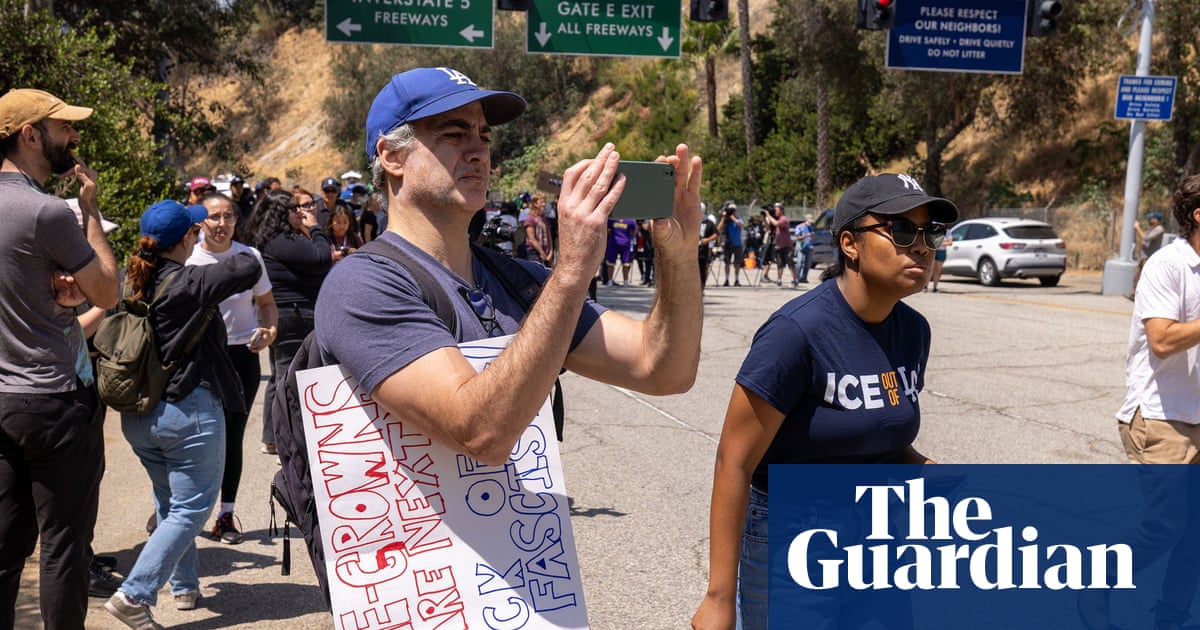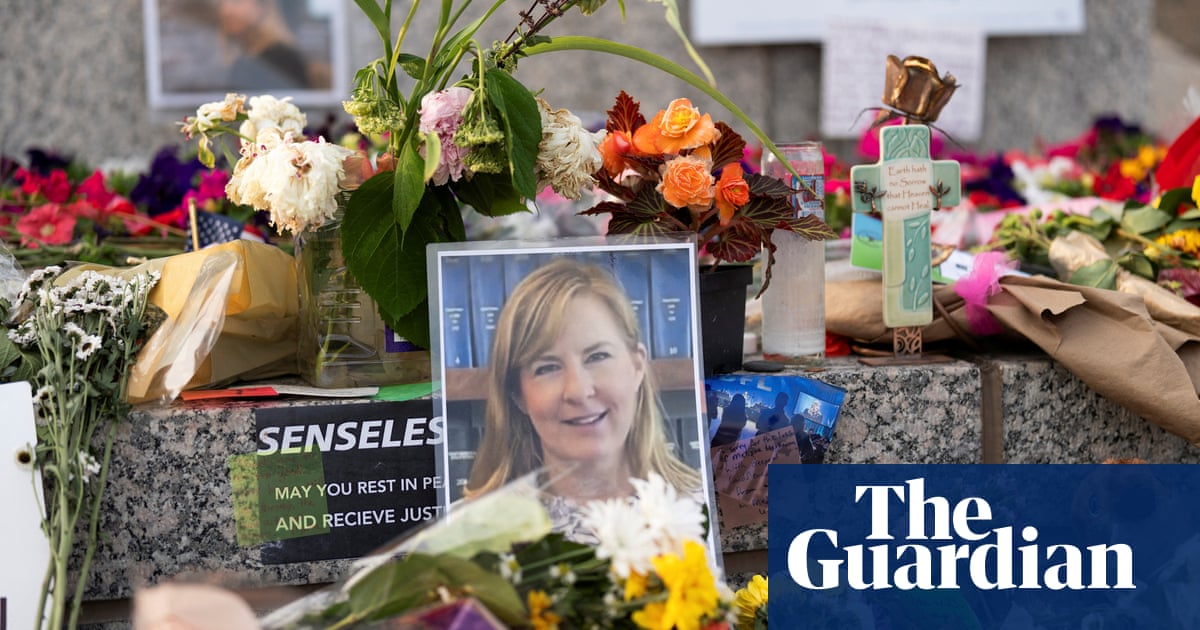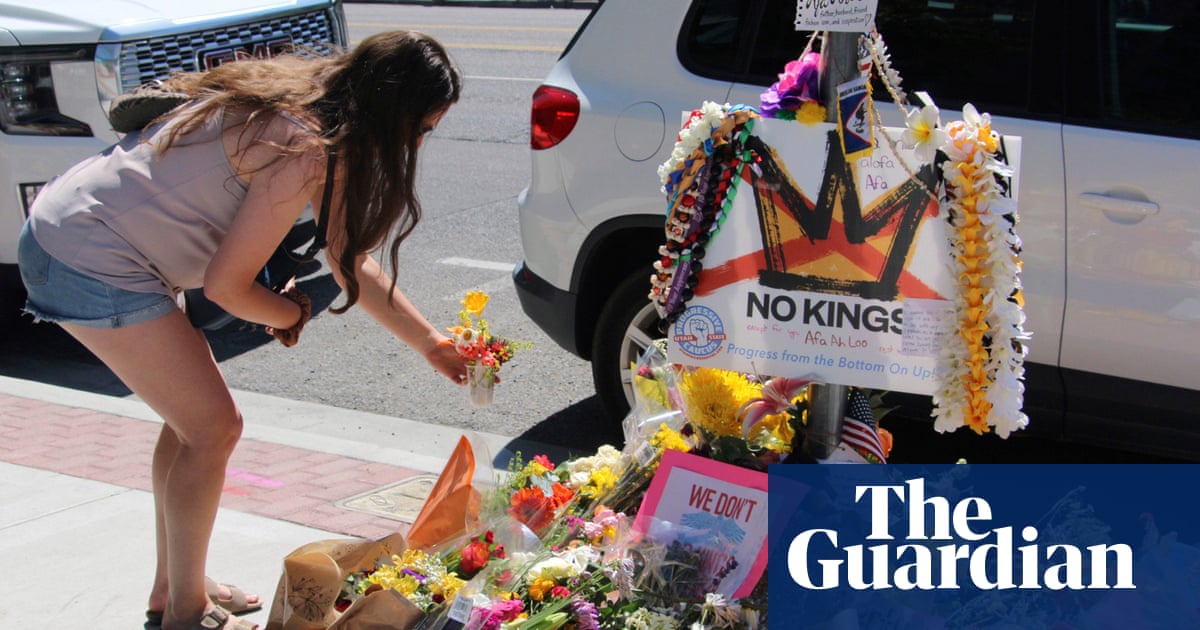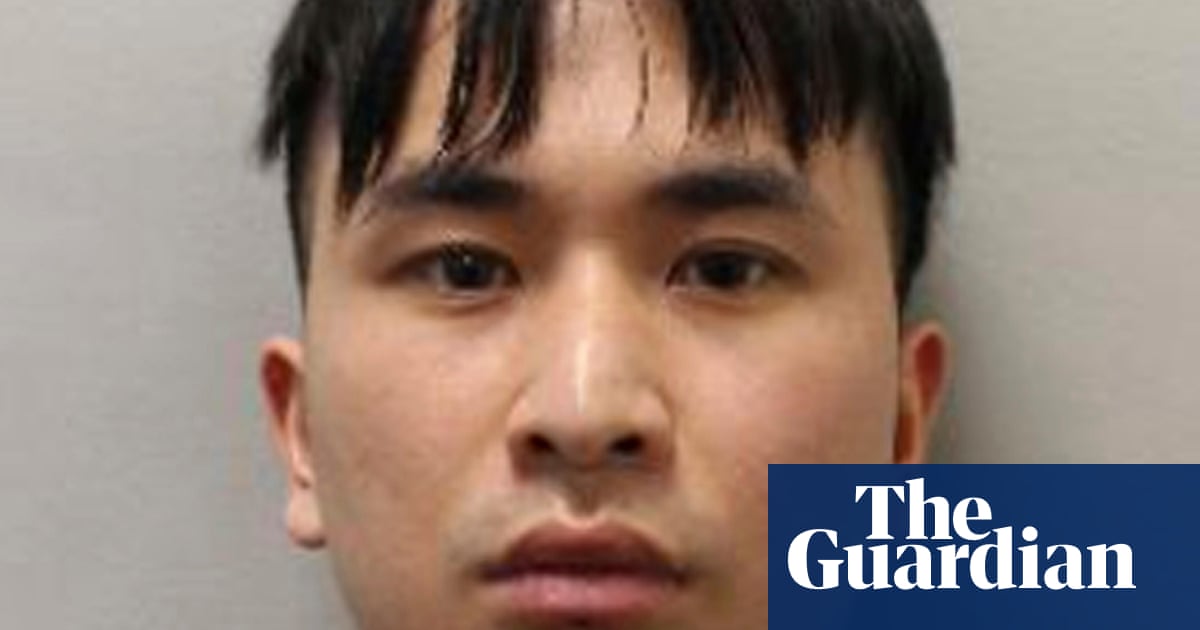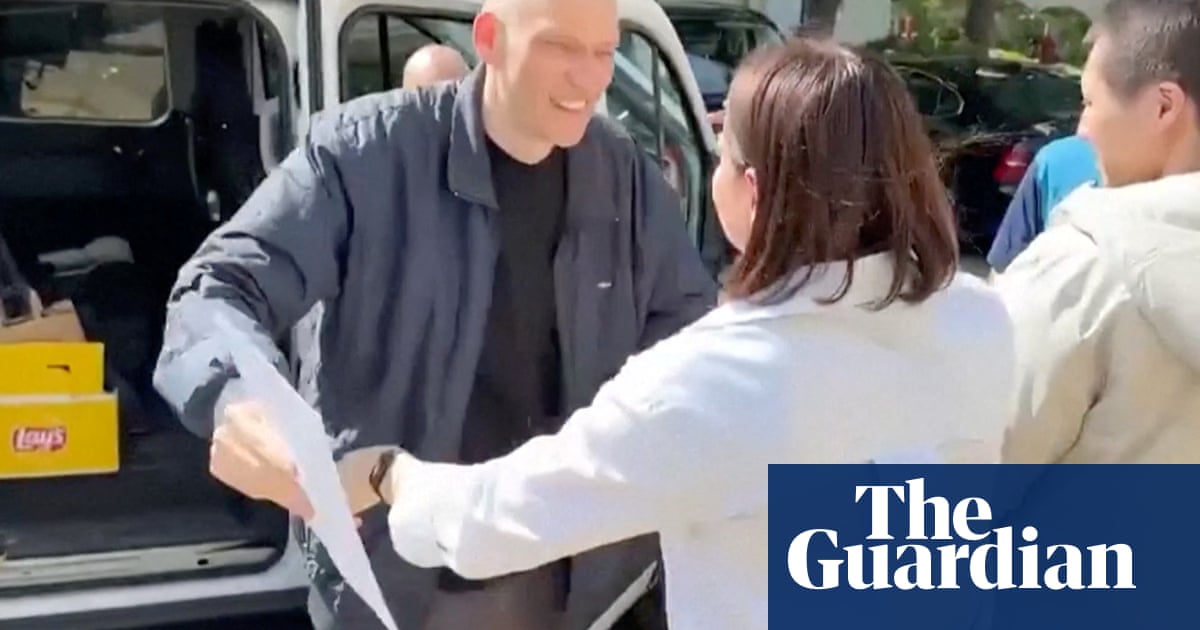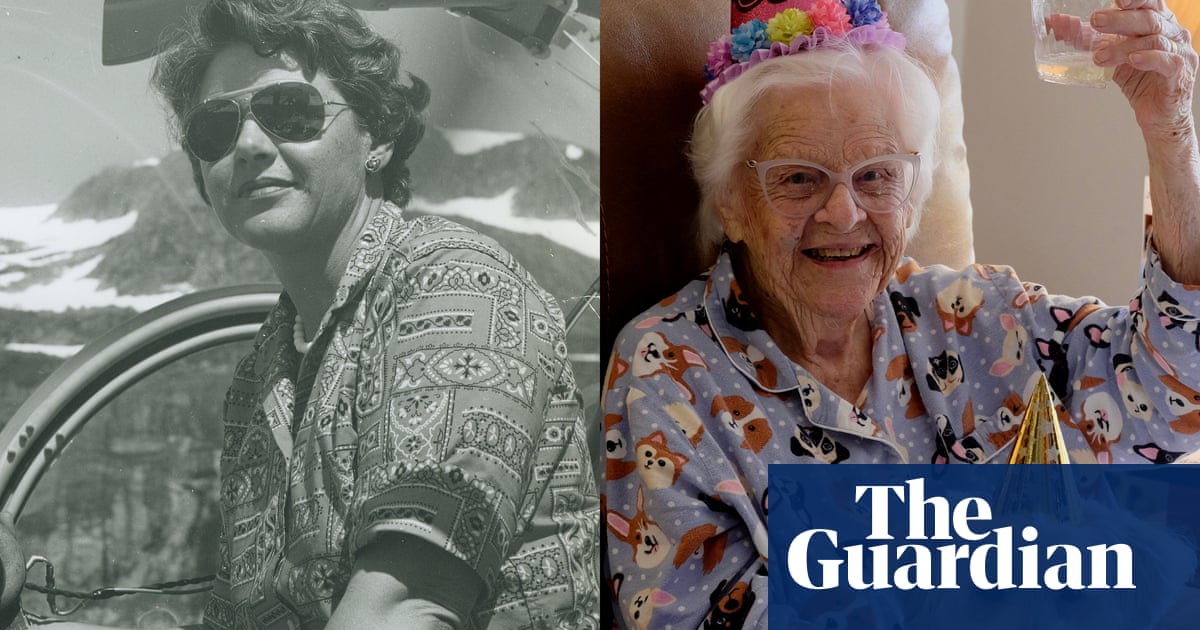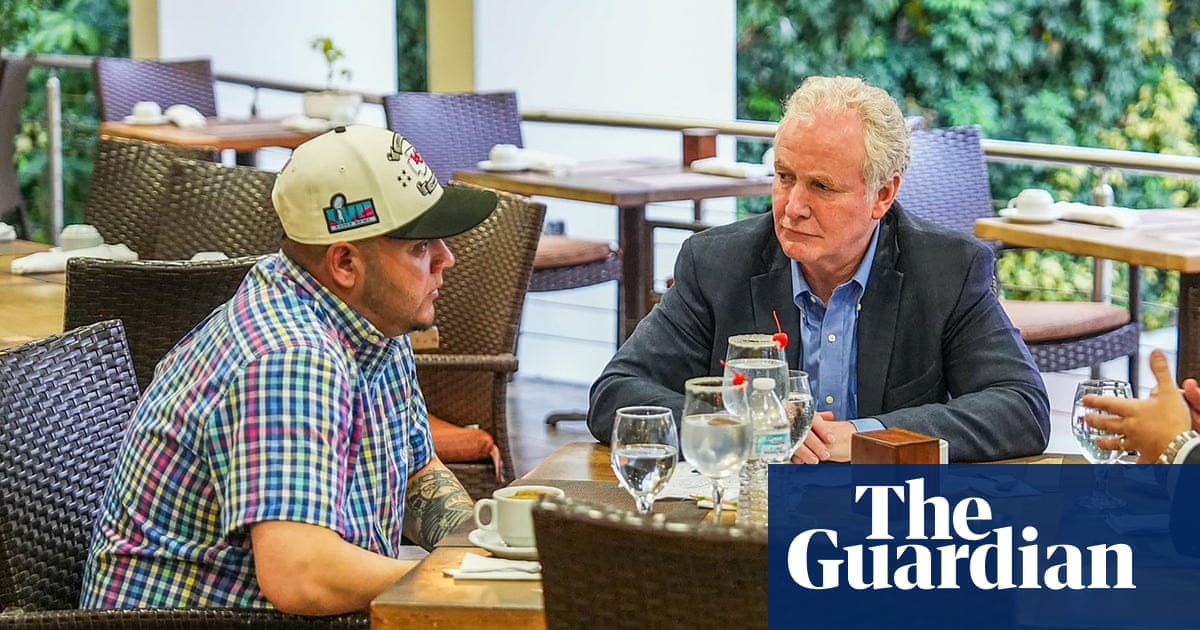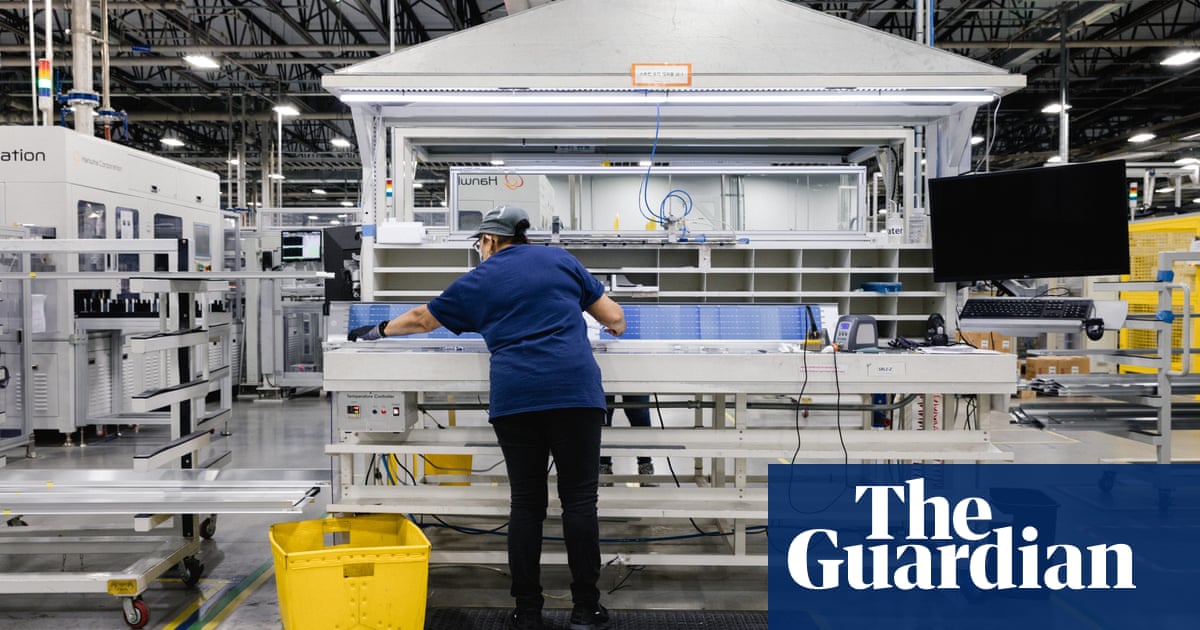Artificial intelligence companies have been urged to replicate the safety calculations that underpinned Robert Oppenheimer’s first nuclear test before they release all-powerful systems.
Max Tegmark, a leading voice in AI safety, said he had carried out calculations akin to those of the US physicist Arthur Compton before the Trinity test and had found a 90% probability that a highly advanced AI would pose an existential threat.
The US government went ahead with Trinity in 1945, after being reassured there was a vanishingly small chance of an atomic bomb igniting the atmosphere and endangering humanity.
In a paper published by Tegmark and three of his students at the Massachusetts Institute of Technology (MIT), they recommend calculating the “Compton constant” – defined in the paper as the probability that an all-powerful AI escapes human control. In a 1959 interview with the US writer Pearl Buck, Compton said he had approved the test after calculating the odds of a runaway fusion reaction to be “slightly less” than one in three million.
Tegmark said that AI firms should take responsibility for rigorously calculating whether Artificial Super Intelligence (ASI) – a term for a theoretical system that is superior to human intelligence in all aspects – will evade human control.
“The companies building super-intelligence need to also calculate the Compton constant, the probability that we will lose control over it,” he said. “It’s not enough to say ‘we feel good about it’. They have to calculate the percentage.”
Tegmark said a Compton constant consensus calculated by multiple companies would create the “political will” to agree global safety regimes for AIs.
Tegmark, a professor of physics and AI researcher at MIT, is also a co-founder of the Future of Life Institute, a non-profit that supports safe development of AI and published an open letter in 2023 calling for pause in building powerful AIs. The letter was signed by more than 33,000 people including Elon Musk – an early supporter of the institute – and Steve Wozniak, the co-founder of Apple.
The letter, produced months after the release of ChatGPT launched a new era of AI development, warned that AI labs were locked in an “out-of-control race” to deploy “ever more powerful digital minds” that no one can “understand, predict, or reliably control”.
Tegmark spoke to the Guardian as a group of AI experts including tech industry professionals, representatives of state-backed safety bodies and academics drew up a new approach for developing AI safely.
The Singapore Consensus on Global AI Safety Research Priorities report was produced by Tegmark, the world-leading computer scientist Yoshua Bengio and employees at leading AI companies such as OpenAI and Google DeepMind. It set out three broad areas to prioritise in AI safety research: developing methods to measure the impact of current and future AI systems; specifying how an AI should behave and designing a system to achieve that; and managing and controlling a system’s behaviour.
Referring to the report, Tegmark said the argument for safe development in AI had recovered its footing after the most recent governmental AI summit in Paris, when the US vice-president, JD Vance, said the AI future was “not going to be won by hand-wringing about safety”.
Tegmark said: “It really feels the gloom from Paris has gone and international collaboration has come roaring back.”

 1 month ago
35
1 month ago
35


